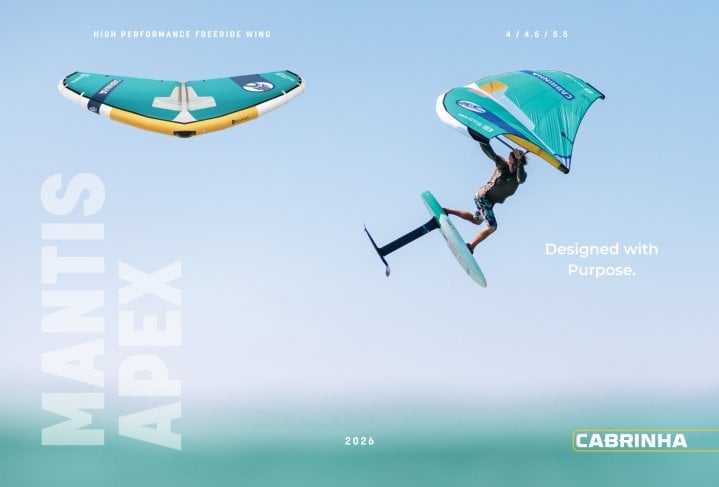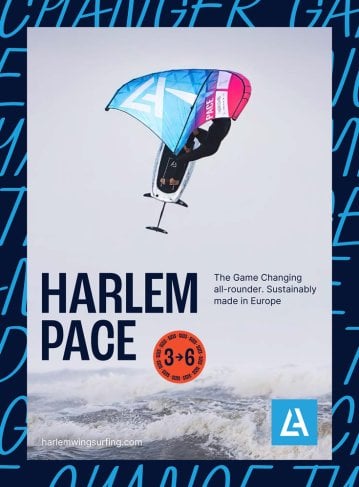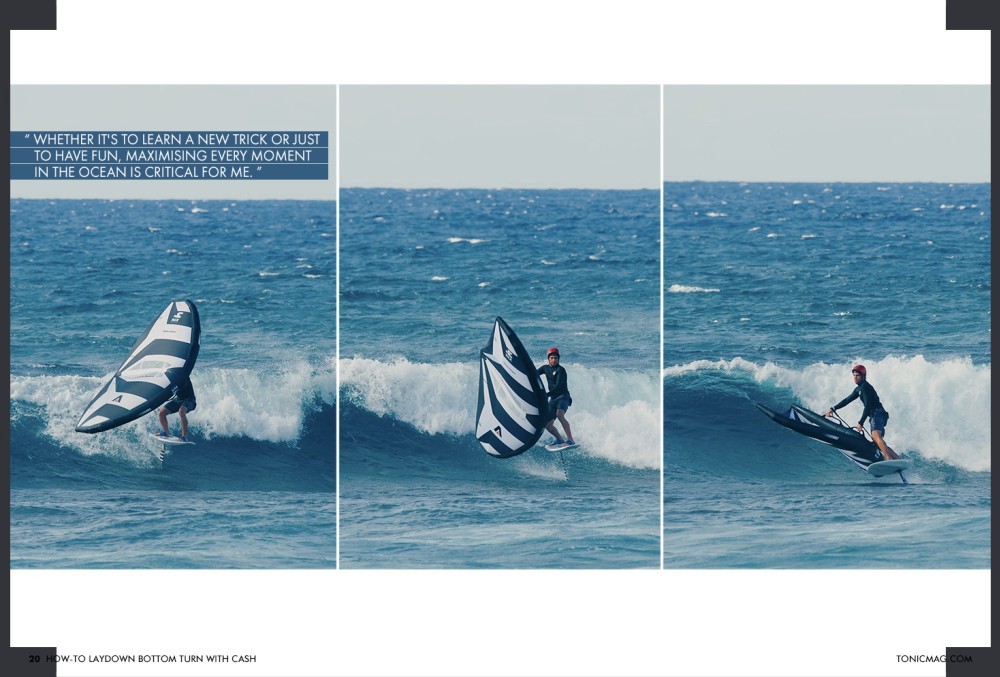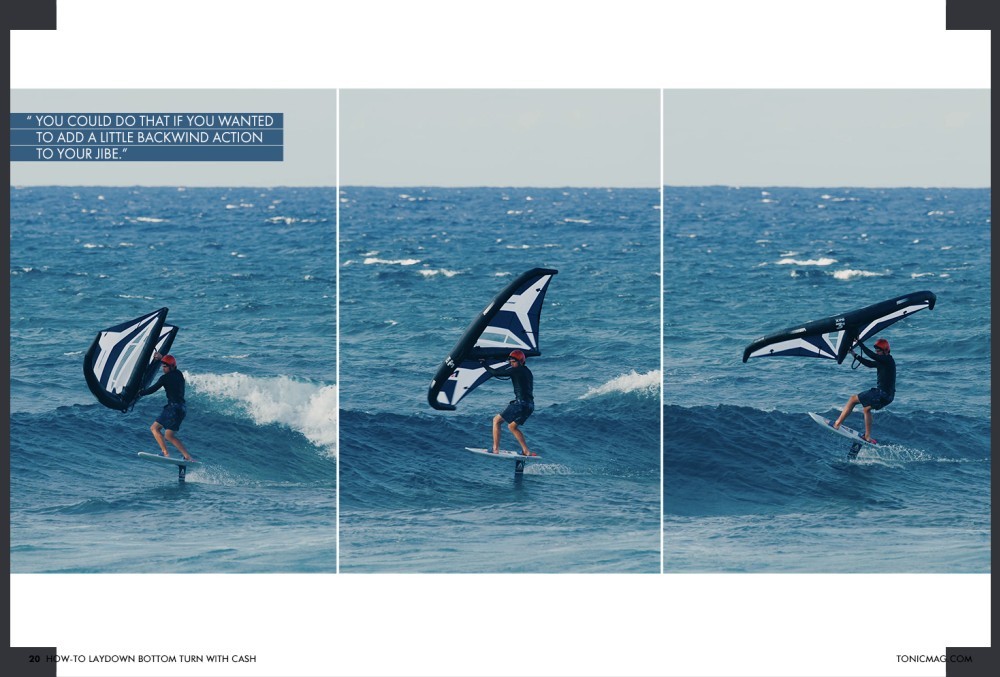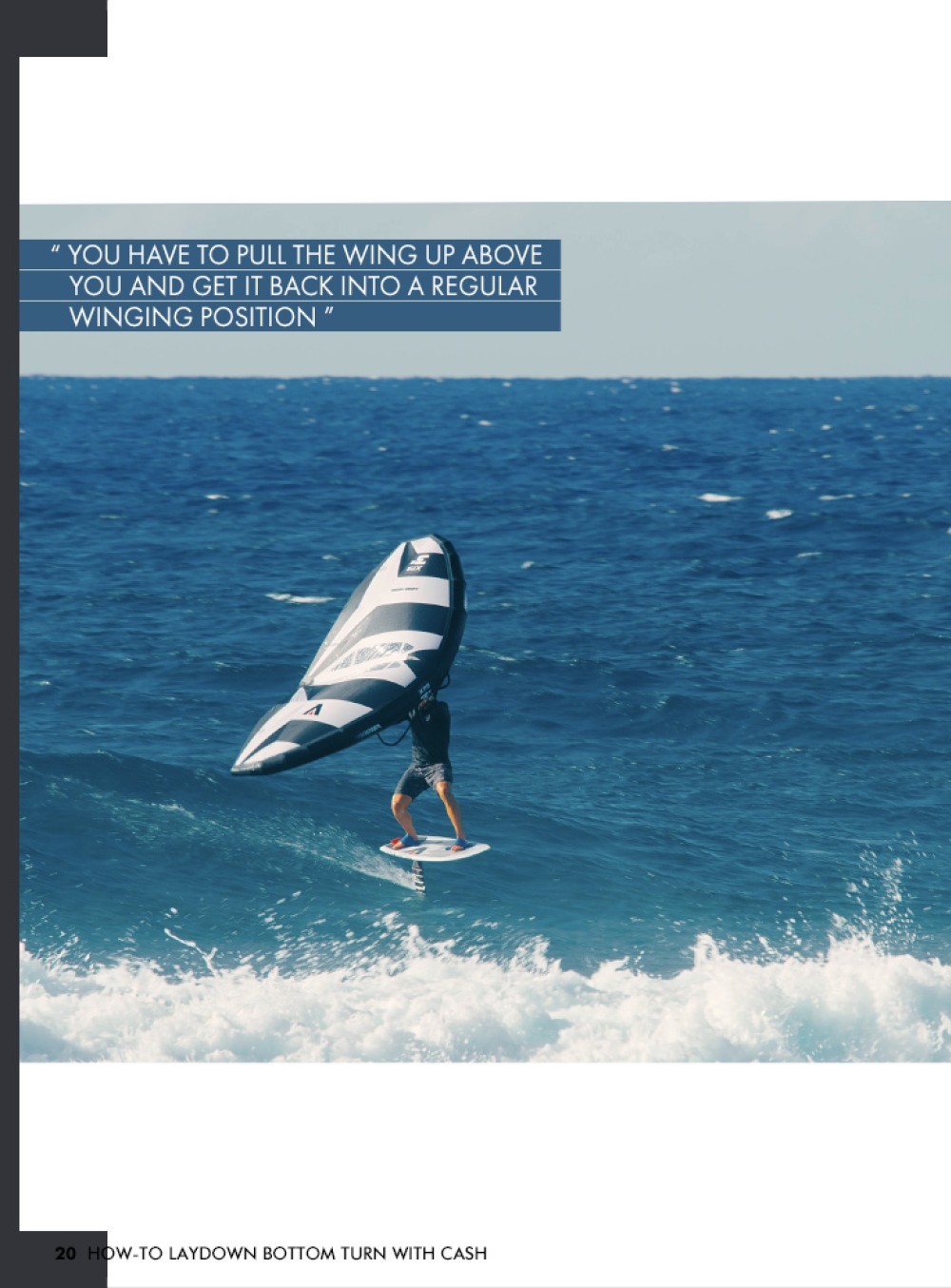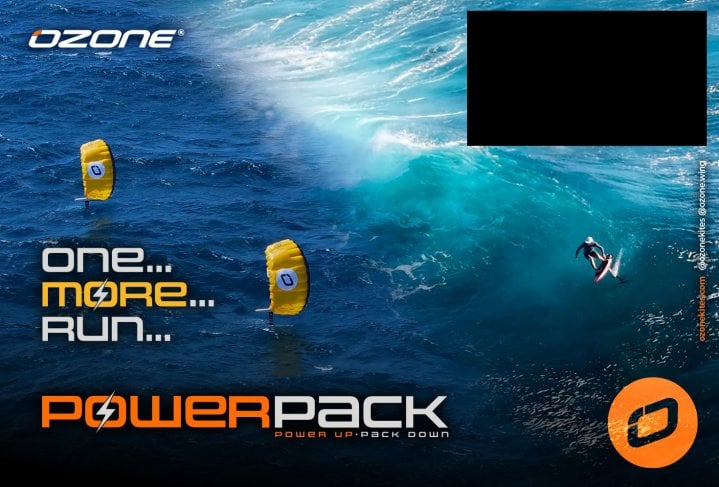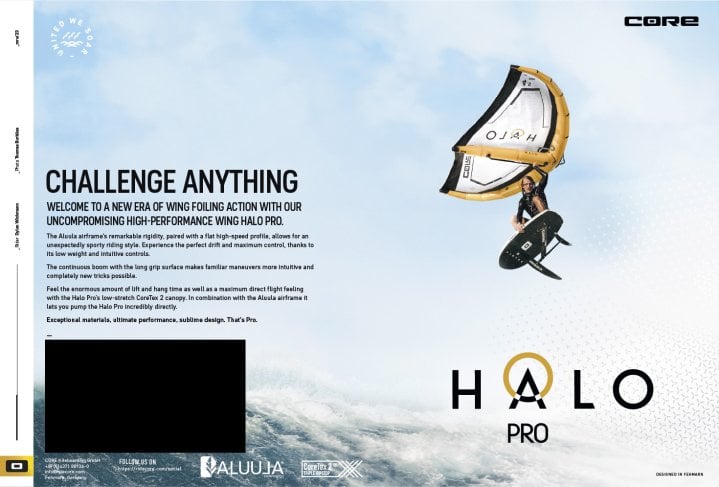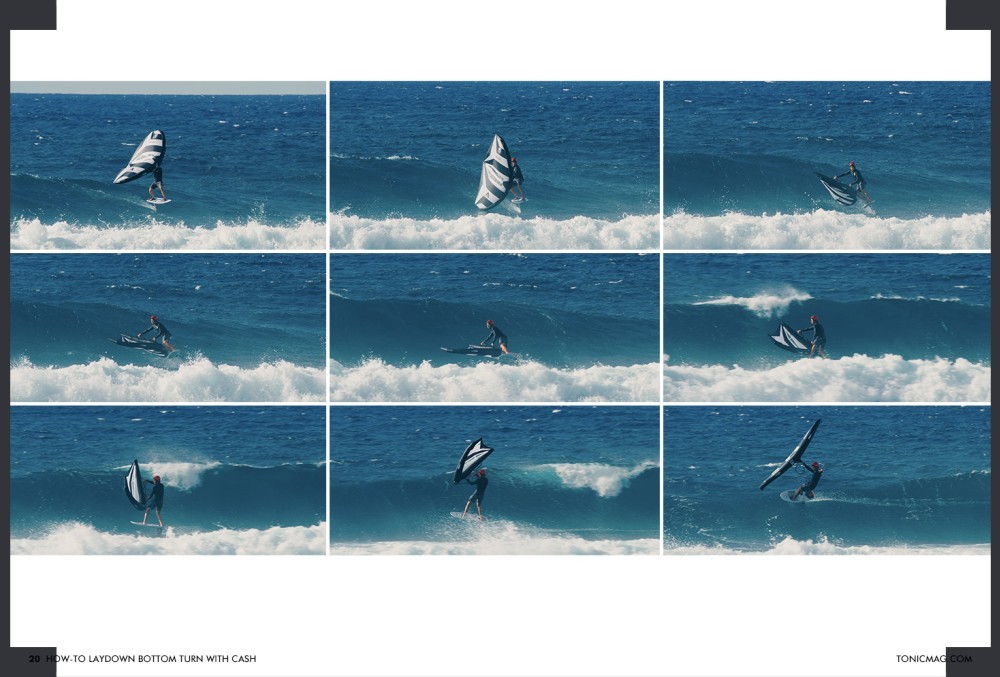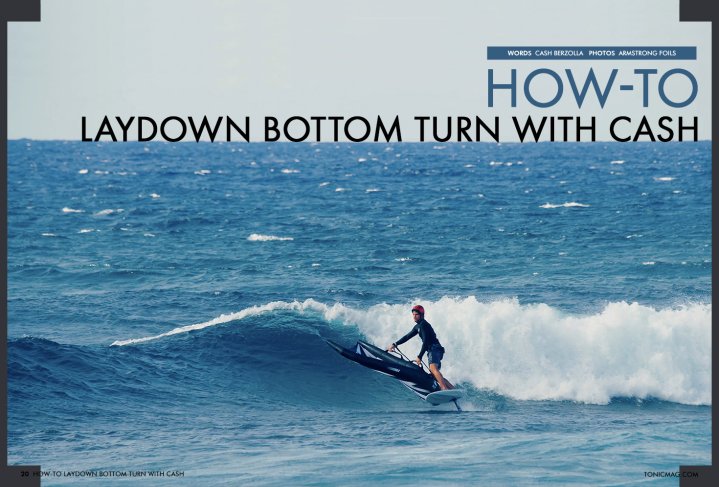
How-to Lay Down Bottom Turn with Cash
Issue 20 / Sun 19th May, 2024
From mastering smooth transitions to unlocking endless wave-riding possibilities, Berzolla shares insights on integrating this dynamic manoeuvre into your water repertoire. Ready? Click here.
Making the most of a day on the water has always been a goal of mine whenever I drive to the beach. Whether it's to learn a new trick or just to have fun, maximising every moment in the ocean is critical for me. The laydown bottom turn has increased my fun on the water and given me a handful of new ways to manoeuvre around the wing and foil.
The laydown bottom turn isn’t only for wave riding but can work as a fun new skill in your arsenal. In the beginning, the laydown bottom turn was just used as a way to jibe and be a little creative with it. This form of jibing can also be beneficial in light wind. Compared to a regular jibe in which you might run into your wing as you make your downwind turn, the laydown jibe provides a smoother and cleaner transition, resulting in no hiccups along the manoeuvre. Being able to jibe with the wing under you means you aren’t running into it as you project downwind—the ability to come out of jibe in various ways increases, too. If you wanted to do a complete 360, you would lay the wing down and start your jibe. As you come around, you bring the wing up and continue into the wind, making a 360 and continuing the way you came into your jibe. You could do that if you wanted to add a little backwind action to your jibe. Once again, you lay your wing down with your jibe, but as you start to come around, you pull the wing up, upwind of yourself, backwinding for a little bit. There are a few ways to come out of your backwind. You can either push the wing over your head, switch hands, and continue on your way back out, or push into the wind, and your wing will spin around and end up the way you came. It is also possible to turn downwind and head back in as well. The laydown jibe opens up a whole lot in terms of wingfoiling.
Now, adding it to a wave is a different story. I started to do this manoeuvre in the waves for two main reasons. The first was to be able to see what was coming.
As you lay the wing almost on the water's edge, everything opens up in front of you so you can plan what to do and when to do it. The second reason was mobility; diving the wing down under you can be done with no or a lot of power depending on how much you sheet in with your backhand. It is similar to when you dive a kite up and down, sheeting in and out. Doing this manoeuvre on a wave is slightly different than doing it on flat water because you have to be able to cancel out the jibe to stay on the wave. It’s the same as on flat, but as your board's nose starts to face the wave, you have to pull the wing up above you and get it back into a regular winging position as if you were winging towards the beach. The secret to this is in your backhand; your backhand will do all the work, whether pushing or pulling.
The first step in dialling in the laydown jibe is gear choice. Make sure the foil you're riding for your first few attempts is something you are familiar with, preferably something stable and with a lot of glide. I started on Armstrong HA725 and CF950.
The second step is to choose the right conditions. Make sure it’s not too windy and that you're in flat water; you don’t want to be overpowered.
The third step is to go into it at medium speed and let the foil do the work.
Four, aim downwind and lower your front hand to your front foot. Be prepared to lean over a little bit.
Five, since this will be for the wave version, pull up with your backhand so the wing is above your head. Then spin the trailing edge of the wing, again with your backhand, downwind so the wing is back the way you came into your jibe. There you have it—the laydown jibe.
Well, kind of. I guess it's not really a jibe, but it works. Practice doing that on flat water; by no time, you'll be in the waves, hitting lips like you're on a shortboard!
By Cash Berzolla


